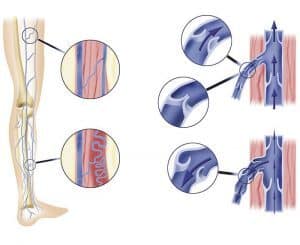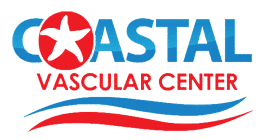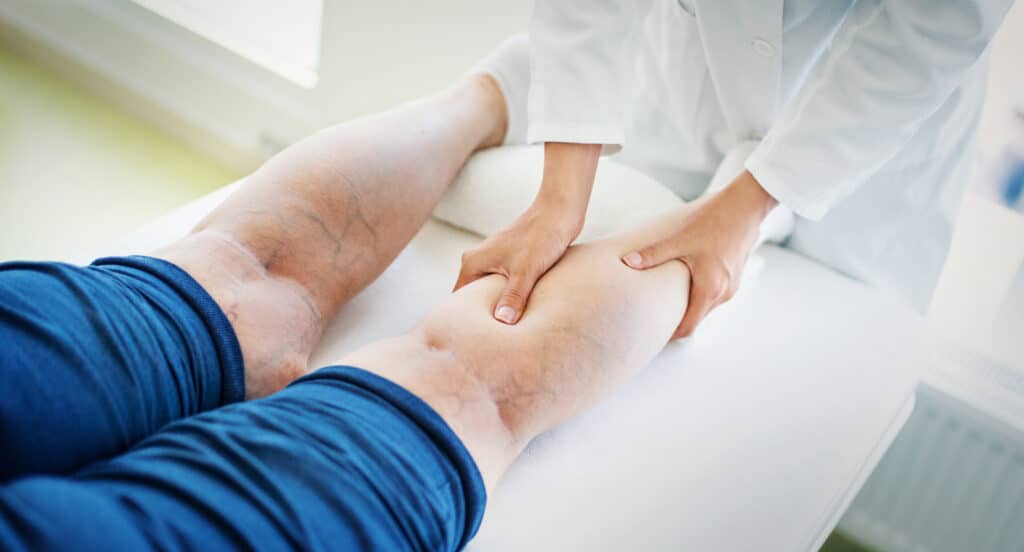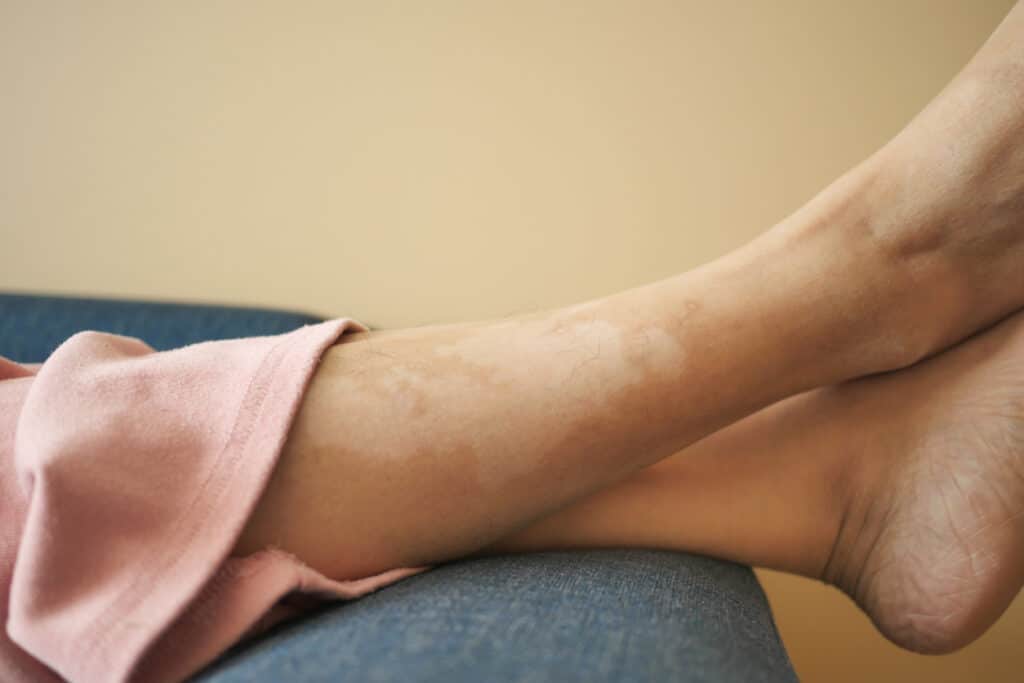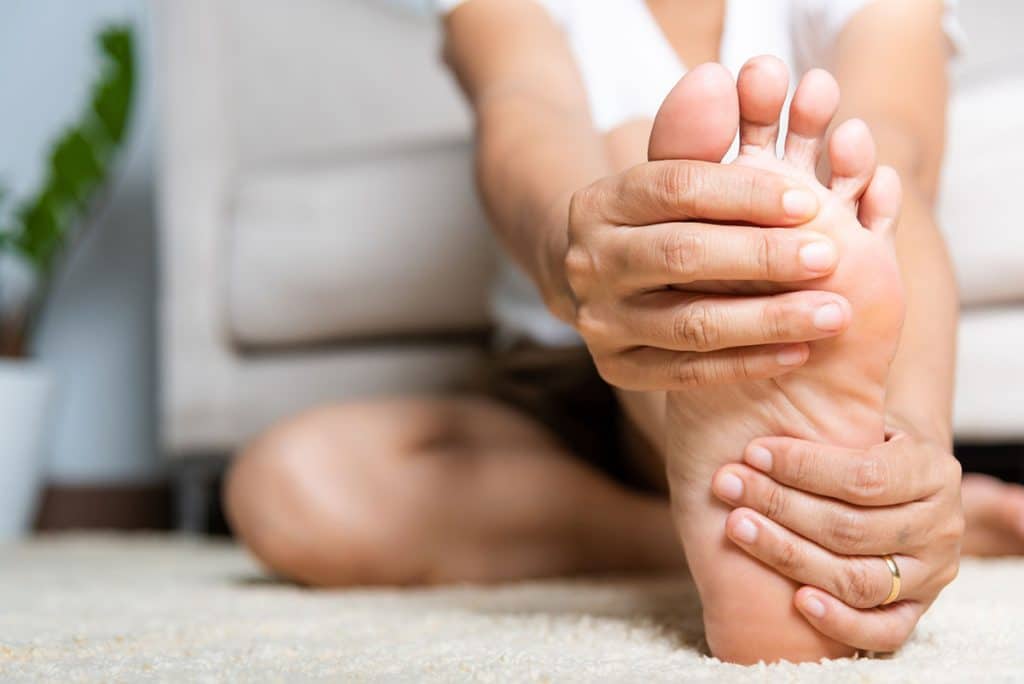Bulging veins are a sign of venous insufficiency. Allowing symptoms like bulging veins and ankle swelling to go untreated can further affect your quality of life. Stop wondering about bulging veins. Visit our Vein Center to see patient resources that help you identify and treat your vein issues.
What Is A Vascular Malformation?
A vein malformation is an abnormal development of blood vessels. They might be found in the large arteries and veins or in smaller vessels called arterioles and venules. Additionally, they can be found in microscopic capillaries and lymphatic channels that carry lymphatic fluid and white blood cells outside the arteries and veins.
Types Of Abnormal Veins
Venous malformations are the most common type of vascular malformation. This is an abnormal widening of the veins or a tangle of small veins that does not affect the arteries.
Venous malformations can occur near the skin’s surface or deep inside the body. If located near the surface, these malformations cause a lump beneath the skin and a corresponding bluish birthmark or skin lesion at birth and become more prominent as a child grows.
Skin lesions caused by a venous malformation can be painful. If the skin covering the malformation is very thin and becomes stretched as it grows, it can bleed. Blood can pool in the dilated veins, resulting in painful, but not dangerous, blood clots, known as thrombophlebitis.
Venous malformations often occur in people with Klippel–Trénaunay syndrome. This is a rare congenital condition that affects the development of blood vessels, soft tissues, and bones. Many people with this condition are born with a dark red birthmark called a port-wine stain caused by swelling in the capillaries near the skin’s surface.
You can monitor minor venous malformations that aren’t a cosmetic concern or cause few symptoms. If a malformation is large or is causing symptoms, such as pain or bleeding then treatment is necessary.
How To Identify Abnormal Veins
Typically, you can know that you have varicose veins by looking at them. These veins protrude above the skin’s surface (though they are still covered by skin), and they look like a tangle of rope. The area around the veins might be swollen, or the vein may appear raised.
These veins appear on the
legs, and they can seem as low as the ankles and as high as the groin. However, they are usually found on the back of the calf or knee. They are next found most often on the inside of the thigh.
Sometimes, these veins are painful, and sometimes they are just an aesthetic issue. For some people, varicose veins are painful enough to limit their mobility. They can even impact their quality of life. Some symptoms can include restless legs, muscle cramps, itching skin, swelling of the ankles, a heavy feeling in the legs, or throbbing pain. Some people cannot walk when these symptoms present. Some can’t stand for long periods.
Blood clots, skin ulcers, and other problems can appear if you have a severe
circulatory problem that is contributing to the varicose veins. These issues require immediate medical attention.
Treatment options for varicose veins
Fortunately, there are many
options for treating varicose veins.
Milder cases can be treated non-surgically. For example,
sclerotherapy can seal the veins with a chemical solution, and lasers can fade spider veins. Lifestyle changes like getting more exercise, wearing compression socks, regularly elevating the legs, losing weight, and avoiding long periods of standing or sitting can help prevent the condition from worsening.
Surgical options are available for more serious cases of bulging veins and those that cause serious pain and swelling. For example, a catheter can be inserted into the vein to heat and seal it with
radiofrequency (RF) technology. Since the RF technology uses a low temperature, it does not damage the surrounding tissue. Therefore, patients do not have as much pain or bruising than with some other treatments.
